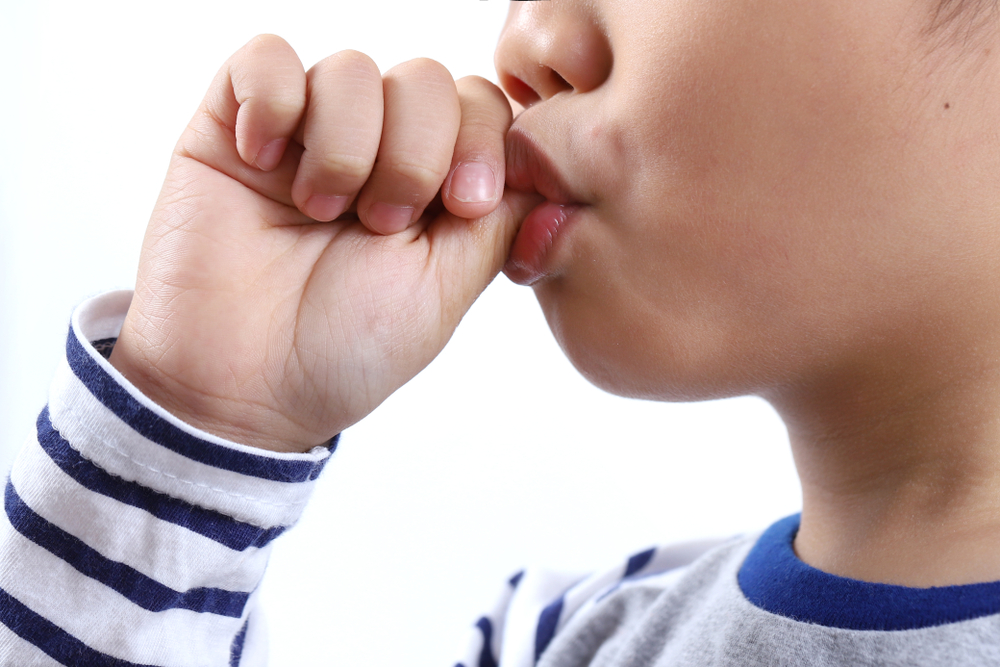Introduction
Thumb-sucking is a common habit among infants and young children. While it may seem harmless, prolonged thumb-sucking can have an impact on the alignment of their teeth. As parents, it is important to understand the relationship between thumb-sucking and teeth alignment, and take appropriate measures to ensure your child’s dental health. In this article, we will explore the effects of thumb-sucking on teeth alignment and provide guidance for parents.
1. The Impact of Thumb-Sucking on Teeth Alignment
Thumb-sucking can exert pressure on the developing teeth and jawbone, leading to misalignment. The constant sucking motion can cause the upper front teeth to protrude, creating an overbite. Additionally, the pressure from the thumb can push the lower teeth inward, resulting in an underbite. These misalignments can affect the overall appearance and functionality of the child’s teeth.
2. Age and Duration of Thumb-Sucking
The age at which a child stops thumb-sucking plays a crucial role in determining the potential impact on teeth alignment. Most children naturally stop thumb-sucking between the ages of 2 and 4. However, if the habit persists beyond this age, it can lead to more severe dental issues. The longer the duration of thumb-sucking, the higher the chances of developing misaligned teeth.
3. Identifying Signs of Dental Misalignment
As a parent, it is important to be vigilant and look out for signs of dental misalignment caused by thumb-sucking. Some common signs include:
- Protruding upper front teeth
- Crossbite or underbite
- Speech difficulties
- Difficulty biting or chewing
- Abnormal swallowing patterns
4. Strategies to Help Your Child Stop Thumb-Sucking
Breaking the thumb-sucking habit can be challenging, but with patience and persistence, it can be achieved. Here are some strategies to help your child stop thumb-sucking:
- Talk to your child: Explain the potential consequences of thumb-sucking on their teeth.
Summary
Thumb-sucking is a natural reflex for infants and young children, providing them with comfort and security. However, if this habit persists beyond the age of 4 or 5, it can lead to dental problems. The constant pressure exerted by the thumb can cause the teeth to shift out of alignment, resulting in an overbite, open bite, or other orthodontic issues. It can also affect the development of the jaw and the roof of the mouth.
Parents should be aware of the potential consequences of prolonged thumb-sucking and take steps to discourage the habit. Gentle reminders, positive reinforcement, and providing alternative comfort o see post bjects can help in breaking the habit. If necessary, consulting a pediatric dentist or orthodontist can provide further guidance and intervention.
- Q: Why do children suck their thumbs?
- A: Thumb-sucking is a natural reflex for infants and young children. It provides comfort and helps them feel secure.
- Q: At what age should I be concerned about thumb-sucking?
- A: Most children stop thumb-sucking between the ages of 2 and 4. If the habit continues beyond this age, it may affect teeth alignment.
- Q: Can thumb-sucking cause dental problems?
- A: Prolonged thumb-sucking can lead to dental issues such as misalignment of teeth, an open bite, or an overbite.
- Q: How can I help my child stop thumb-sucking?
- A: Encouraging positive reinforcement, offering distractions, and using thumb guards or bitter-tasting nail polish can help break the habit.
- Q: Will teeth alignment correct itself once thumb-sucking stops?
- A: In some cases, teeth alignment may improve on its own after thumb-sucking ceases. However, orthodontic evaluation may be necessary for severe misalignment.
- Q: Are pacifiers a better alternative to thumb-sucking?
- A: Pacifiers can also affect teeth alignment if used for an extended period. It is recommended to wean children off pacifiers by the age of 2.
- Q: When should I consult a dentist or orthodontist?
- A: If you notice significant changes in your child’s teeth alignment or have concerns about their oral development, it is advisable to seek professional advice.

Welcome to my website! My name is Tristan Wynter, and I am a passionate and dedicated dental hygienist with years of experience in the field of general dentistry, pediatric dental care, smile enhancements, and dental hygiene tips. I am thrilled to have the opportunity to share my knowledge and expertise with you through this platform.





